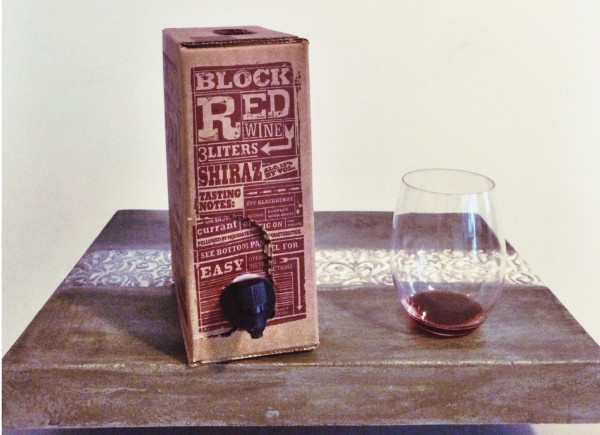Stereotypes exist for a reason. Mainly, they are rooted in some level of truthiness: However, here’s a bit of stereotypical truthiness that is no longer valid. Box wines don’t suck.
In fact, these days, depending on where you look in the wine aisle, much of the box wine in the U.S. is quite good. Yet, like most wine matters, this truth isn’t always obvious when fighting against perception. And, popular perception holds that Franzia’s ubiquitous boxed wine, long the top-selling wine in the U.S. based on volume, is rot gut swill. While I’ll abstain from giving my own Franzia opinion, I will note that wine enthusiasts are missing an opportunity to find drinking value and enjoyment across a number of other box wine offerings if they let one box spoil the pallet, as it may be.
ARE YOU A BOX WINE PRODUCER? ENTER YOUR WINES INTO THE 2016 BOX WINE AWARDS.
With that in mind, as a summer public service, driving to the essential truth between “perception” and “reality,” here is my short course on box wine: The least you need to know to navigate the box wine options at the grocery store.
First things first: A proof point
Let’s get this out of the way immediately: Few people cop to following wine scores, but they are a qualitative measure for the wine business and a guiding force in consumer purchases. So, when Wine Spectator magazine reviewed 39 box wines in the fall of 2009 and 37 of them received a score higher than their “Good” score of 80 points, it’s validation for the whole box wine category. If the critics believe, generally speaking, so too should the skeptics.
more on theboxxr.com




